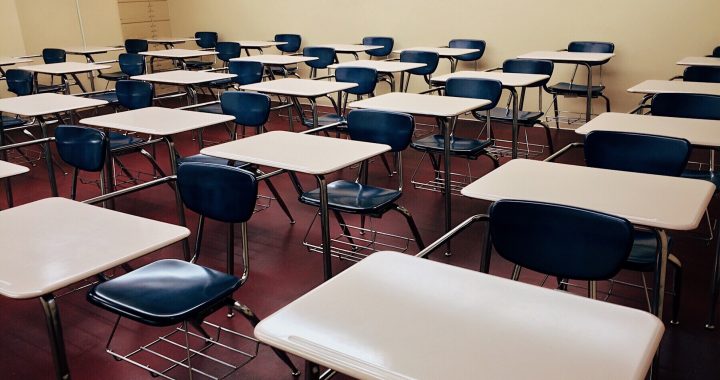As most everyone knows by now, there was another school shooting this past week when in suburban Detroit a fifteen year-old troubled young man brought a gun to school and killed four of his classmates. And has so often occurred in the past, people in the media are wringing their hands about this troubling dynamic continuing to re-occur, particularly in terms of the incessant debate which seems to go on over what is most significant as far as impeding such events – stricter gun control laws or greater adherence to mental health concerns which schools might address in terms of troubled teenagers who turn suddenly violent.
However, given the extremely fluid nature of the social dynamics which have come to call in our society recently, this choice between gun control and mental health of young people, particularly in terms of the increased responsibilities which contemporary schools might now have for young people who are in their care, may not be so binary as it might at first scene. There may in fact be a number of other dynamics which either directly or indirectly contribute to the endless wave of school shootings which have now come to call. In point of fact, some of them might be the following:
Modern television sets are now awash with all manner of reality TV programs which engender bullying or other angry behaviors among the participants; programs which many people tune in to watch in order to derive some sort of vicarious pleasure from such confrontations. Television networks who carry such programs will say that there are in fact other reasons why people watch, such as the wealthy lifestyles that are on display, but the truth is that in lieu of how angry confrontations between various participants are so often hyped in order to promote these shows, it seems rather obvious what one of the primary reasons is why people tune in to watch them – to experience the bullying behaviors of others.
As a result, because actual confrontational, bullying behavior is regularly encouraged by these shows, and given how readily available they have become to young people in their formative years, even if the shows are often only in the background of their lives as parents, friends, and others watch them for vicarious reasons, angry, bullying behaviors are becoming increasingly normalized in our society. As a result, due to the fact that school shootings are often done by some young person who has been bullied by his peers, there may well be an indirect link between reality TV shows which encourage bullying and school shootings themselves.
Furthermore, as more and more young people are inhabiting alternative, virtual realities on the Internet, particularly in terms of the vast number of digital games that are now available to young people, the inner lives of any number of them may well be desensitized simply because virtual images on a plastic screen will almost never affect one emotively or sensorially to the same extent that real world experiences do. Consequently, as young people’s emotive lives are in danger of growing shallower due to this trend, the line between how strongly they might experience real world behaviors can likewise grow shallower. As a result of this, the awful experience of imagining actually shooting someone might begin to dissipate in the mind of a troubled teen.
Finally, many school curricula and environments in our society, particularly those in the public schools who are dependent on state and federal monies to continue operating, are now growing increasingly narrowed and constricted due to rigid testing programs upon which both student learning and teacher performance are evaluated. Consequently, due to the sort of high-stakes testing which has become increasingly predominate in student lives, and the consequent need to narrow learning environments so that certain scores might be attained, there is often less time to deal with certain personal issue which troubled students might manifest.
Almost certainly, in order to deal with the plague of school shootings which has beset our society, we need to enact stricter gun control laws, as well as being sure to provide schools with the funds to implement certain mental health programs for students who might be troubled. Quite obviously those would appear to be the two most significant issues in potentially preventing more tragedies such as the one that occurred in suburban Detroit this past week. Yet, at the same time, they might not be the only two dynamics which may be leading toward school shootings. And due to a culture which now seems to be in an increasing state of flux, there may be other issues, albeit indirect ones, that are leading toward the recent tragedies we’ve seen occurring in our schools.
Lyn Lesch’s recent book Toward a Holistic Intelligence: Life on the Other Side of the Digital Barrier, published by Rowman & Littlefield, is now available.
